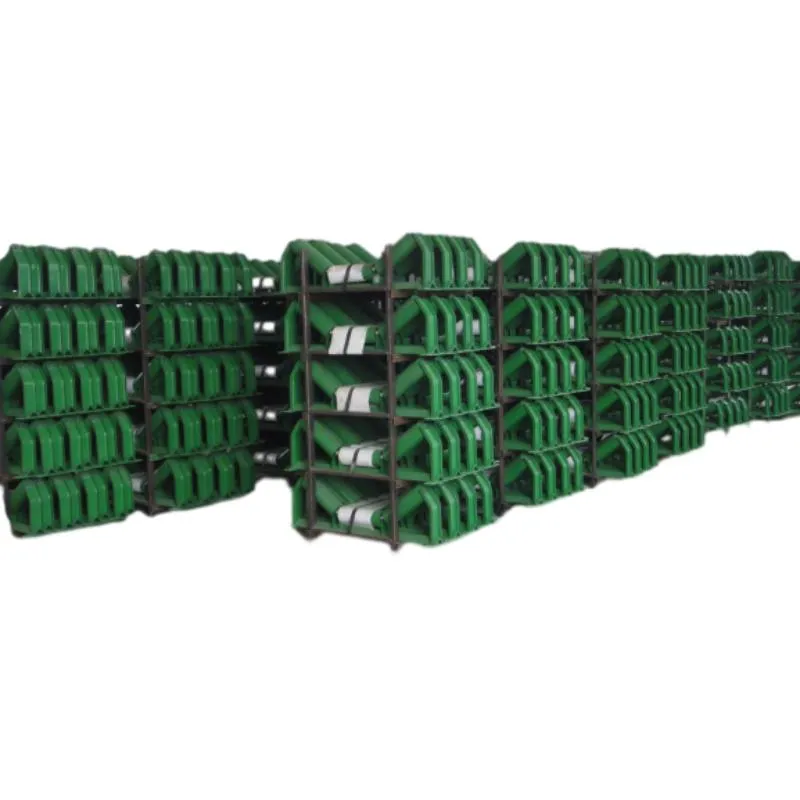 Afrikaans
Afrikaans  Albanian
Albanian  Amharic
Amharic  Arabic
Arabic  Armenian
Armenian  Azerbaijani
Azerbaijani  Basque
Basque  Belarusian
Belarusian  Bengali
Bengali  Bosnian
Bosnian  Bulgarian
Bulgarian  Catalan
Catalan  Cebuano
Cebuano  Corsican
Corsican  Croatian
Croatian  Czech
Czech  Danish
Danish  Dutch
Dutch  English
English  Esperanto
Esperanto  Estonian
Estonian  Finnish
Finnish  French
French  Frisian
Frisian  Galician
Galician  Georgian
Georgian  German
German  Greek
Greek  Gujarati
Gujarati  Haitian Creole
Haitian Creole  hausa
hausa  hawaiian
hawaiian  Hebrew
Hebrew  Hindi
Hindi  Miao
Miao  Hungarian
Hungarian  Icelandic
Icelandic  igbo
igbo  Indonesian
Indonesian  irish
irish  Italian
Italian  Japanese
Japanese  Javanese
Javanese  Kannada
Kannada  kazakh
kazakh  Khmer
Khmer  Rwandese
Rwandese  Korean
Korean  Kurdish
Kurdish  Kyrgyz
Kyrgyz  Lao
Lao  Latin
Latin  Latvian
Latvian  Lithuanian
Lithuanian  Luxembourgish
Luxembourgish  Macedonian
Macedonian  Malgashi
Malgashi  Malay
Malay  Malayalam
Malayalam  Maltese
Maltese  Maori
Maori  Marathi
Marathi  Mongolian
Mongolian  Myanmar
Myanmar  Nepali
Nepali  Norwegian
Norwegian  Norwegian
Norwegian  Occitan
Occitan  Pashto
Pashto  Persian
Persian  Polish
Polish  Portuguese
Portuguese  Punjabi
Punjabi  Romanian
Romanian  Russian
Russian  Samoan
Samoan  Scottish Gaelic
Scottish Gaelic  Serbian
Serbian  Sesotho
Sesotho  Shona
Shona  Sindhi
Sindhi  Sinhala
Sinhala  Slovak
Slovak  Slovenian
Slovenian  Somali
Somali  Spanish
Spanish  Sundanese
Sundanese  Swahili
Swahili  Swedish
Swedish  Tagalog
Tagalog  Tajik
Tajik  Tamil
Tamil  Tatar
Tatar  Telugu
Telugu  Thai
Thai  Turkish
Turkish  Turkmen
Turkmen  Ukrainian
Ukrainian  Urdu
Urdu  Uighur
Uighur  Uzbek
Uzbek  Vietnamese
Vietnamese  Welsh
Welsh  Bantu
Bantu  Yiddish
Yiddish  Yoruba
Yoruba  Zulu
Zulu self aligning idler
Understanding Self-Aligning Idlers Enhancing Conveyor System Efficiency
In the realm of conveyor systems, the efficient movement of materials is crucial for operational effectiveness in various industries, from mining and manufacturing to packaging and logistics. One vital component that plays a significant role in these systems is the self-aligning idler. As industries seek to enhance their productivity, the importance of such components cannot be overstated. This article delves into the function, advantages, and applications of self-aligning idlers, highlighting their significance in modern conveyor systems.
What is a Self-Aligning Idler?
Self-aligning idlers are specialized rollers used in conveyor systems that can automatically adjust their position to maintain optimal alignment of the conveyor belt. These idlers are designed to accommodate misalignment caused by various factors, such as heavy loads, wear and tear, or improper installation. Unlike traditional idlers, which require manual adjustment and monitoring, self-aligning idlers offer a more innovative approach by incorporating a design that actively compensates for belt drift.
The core mechanism of a self-aligning idler typically involves a pivoting action, allowing the roller to tilt and adjust its angle in response to the direction of the belt. This feature helps prevent excessive wear on both the belt and the idlers, thereby extending the lifespan of the entire conveyor system.
Advantages of Self-Aligning Idlers
1. Reduced Downtime One of the most significant advantages of self-aligning idlers is their ability to minimize unplanned downtime. Traditional idlers, when misaligned, can lead to serious operational issues, requiring time-consuming adjustments. Self-aligning idlers, on the other hand, automatically adjust to changes, ensuring continuous operation without the need for frequent maintenance.
2. Improved Belt Life Misalignment of the conveyor belt often leads to increased wear, resulting in costly replacements. Self-aligning idlers help maintain proper tension and alignment, thereby reducing friction and extending the lifespan of the conveyor belt. This results in lower operational costs and improved efficiency.
self aligning idler

3. Enhanced Safety A misaligned belt poses safety risks, including potential damage to equipment and increased chances of accidents. By utilizing self-aligning idlers, companies can mitigate these risks, promoting a safer working environment for their employees.
4. Cost-Effectiveness While the initial investment in self-aligning idlers may be higher than traditional idlers, the long-term savings associated with reduced maintenance, longer belt life, and minimized downtime often justify the expenditure. Businesses can benefit significantly from the improved overall efficiency of their material handling processes.
5. Versatility Self-aligning idlers can be utilized in a wide range of applications, including those that involve heavy loads, steep inclines, and harsh environments. Their adaptability makes them suitable for various industries, from food processing to bulk material handling.
Applications of Self-Aligning Idlers
Self-aligning idlers find applications in numerous sectors, each benefiting from their unique features. In mining, for instance, the movement of heavy ores requires reliable conveyor systems that can handle misalignment due to varying loads. Similarly, in manufacturing and packaging, where precision is crucial, these idlers help ensure that materials are transported smoothly and efficiently.
In the agricultural sector, self-aligning idlers are used in conveyor systems for handling grains and other bulk products. The agricultural process often involves uneven loads and varying material conditions; hence, the adaptability of self-aligning idlers plays a critical role in operational success.
Conclusion
In summary, self-aligning idlers are an essential component of modern conveyor systems, providing numerous advantages that enhance operational efficiency and safety. Their ability to automatically adjust for alignment mitigates many of the challenges associated with manual idler maintenance, leading to reduced downtime and extended equipment life. As industries continue to prioritize efficiency and cost-effectiveness, self-aligning idlers will undoubtedly remain a pivotal element in the design and operation of conveyor systems. Investing in this technology is not just a choice; it is a strategic decision that can yield substantial long-term benefits.
-
Trusted Conveyor Solutions from Leading Conveyor Idler Roller ManufacturersNewsJun.27,2025
-
Reliable Return Idler Solutions for Efficient Belt Conveyor SystemsNewsJun.27,2025
-
Precision Conveyor Accessories for Streamlined Material HandlingNewsJun.27,2025
-
High-Quality Belt Conveyor Idler Solutions for Efficient Material HandlingNewsJun.27,2025
-
High-Performance Belt Conveyor Pulleys for Reliable Material HandlingNewsJun.27,2025
-
Enhancing Material Handling EfficiencyNewsJun.27,2025





























